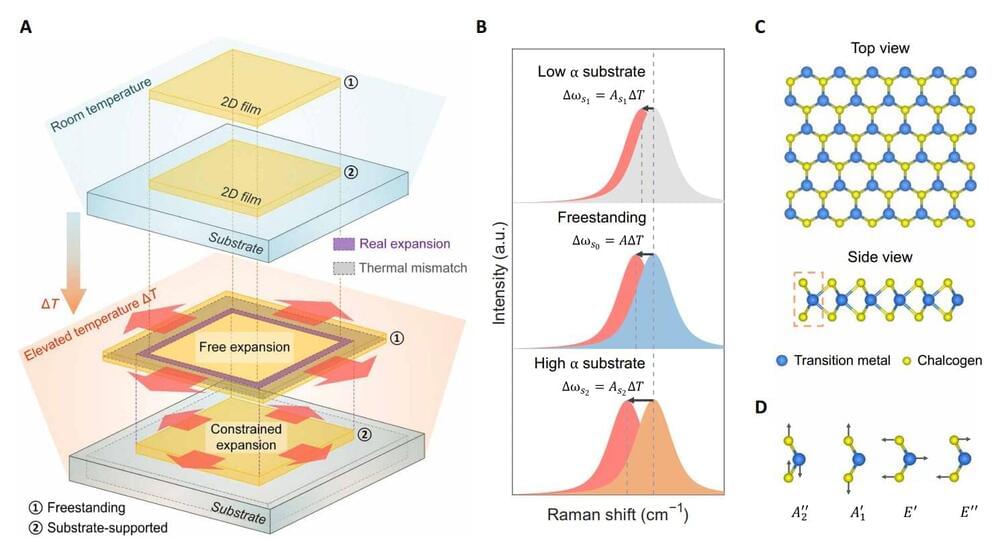Two-dimensional materials, which consist of just a single layer of atoms, can be packed together more densely than conventional materials, so they could be used to make transistors, solar cells, LEDs, and other devices that run faster and perform better.
One issue holding back these next-generation electronics is the heat they generate when in use. Conventional electronics typically reach about 80 degrees Celsius, but the materials in 2D devices are packed so densely in such a small area that the devices can become twice as hot. This temperature increase can damage the device.
This problem is compounded by the fact that scientists don’t have a good understanding of how 2D materials expand when temperatures rise. Because the materials are so thin and optically transparent, their thermal expansion coefficient (TEC)—the tendency for the material to expand when temperatures increase—is nearly impossible to measure using standard approaches.
